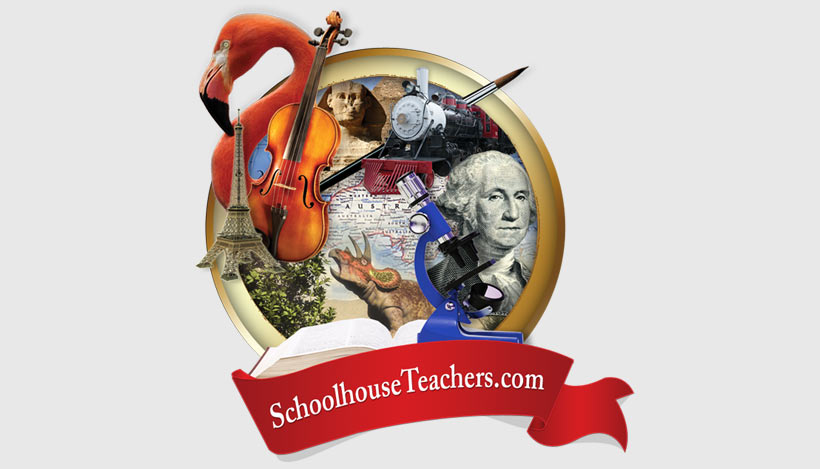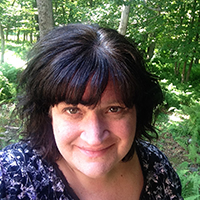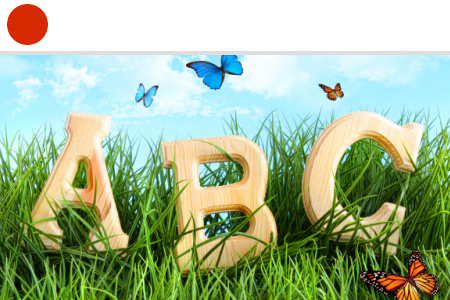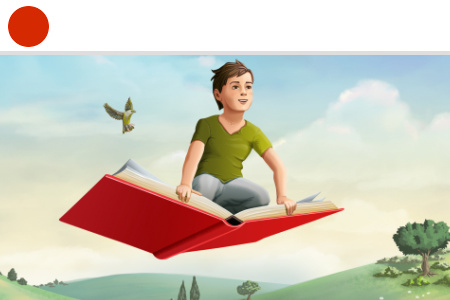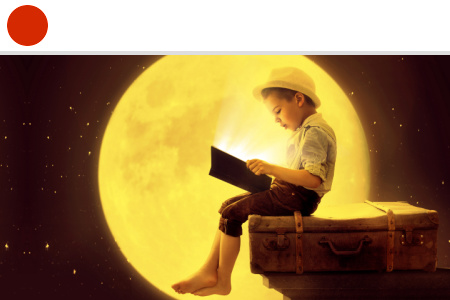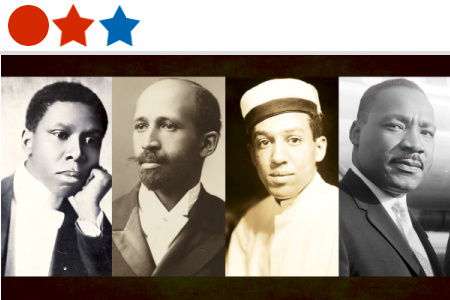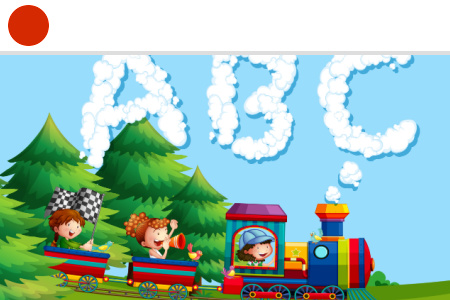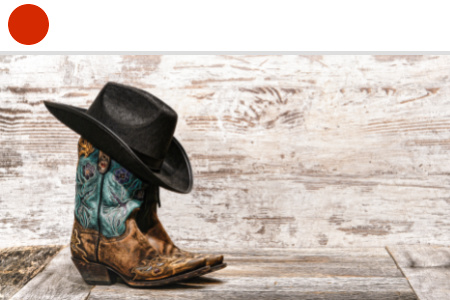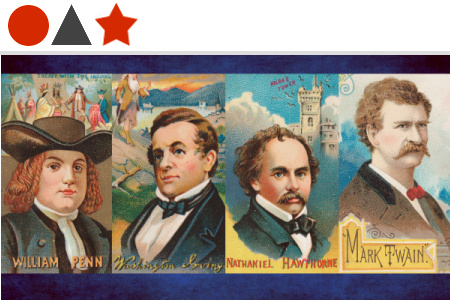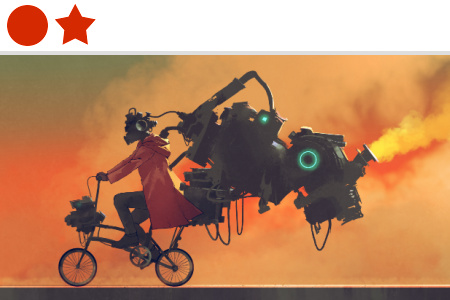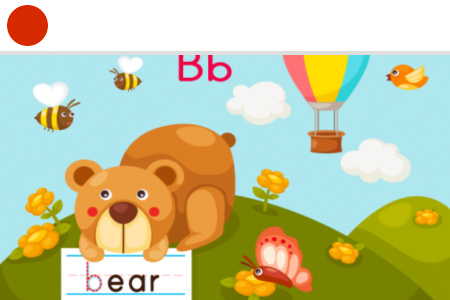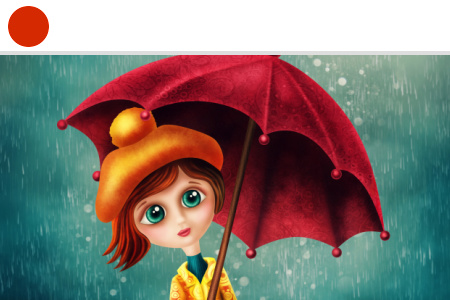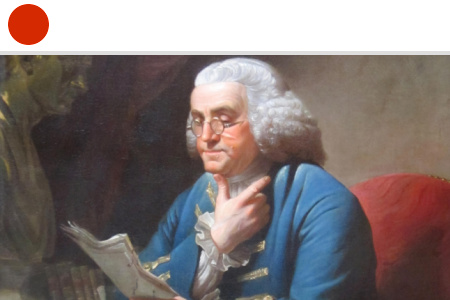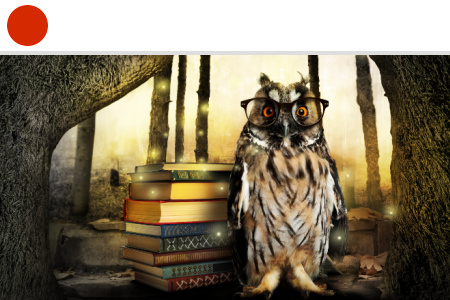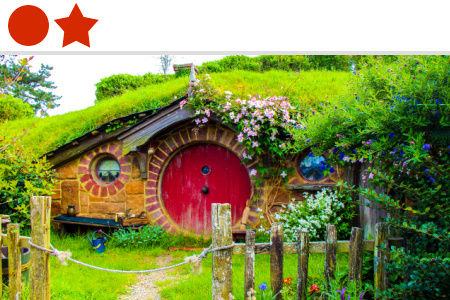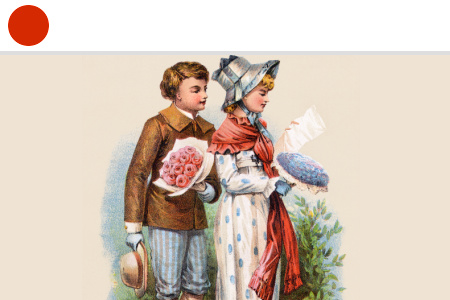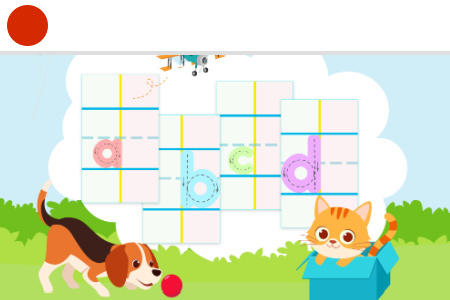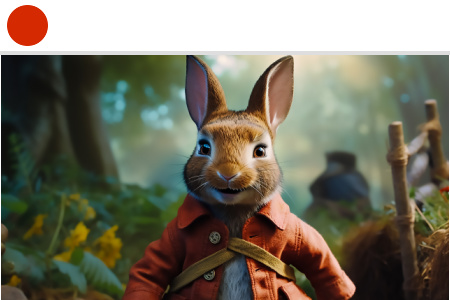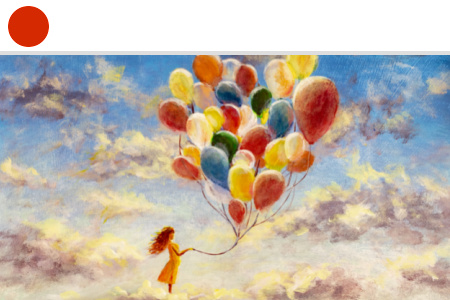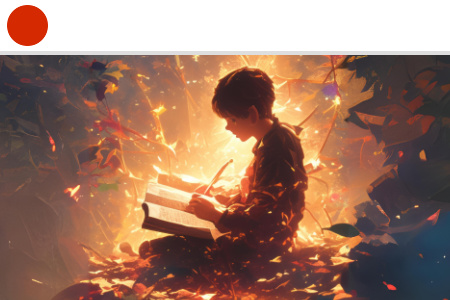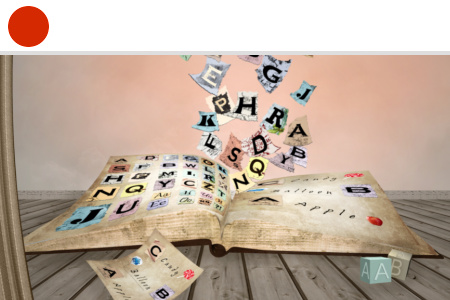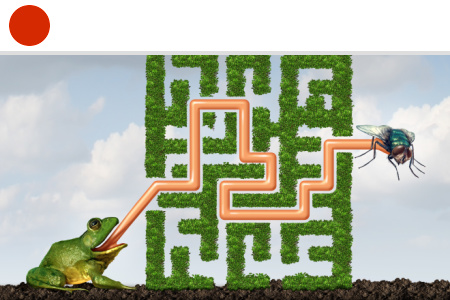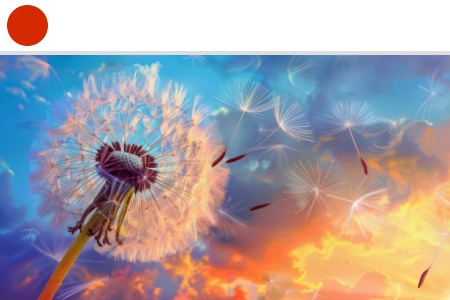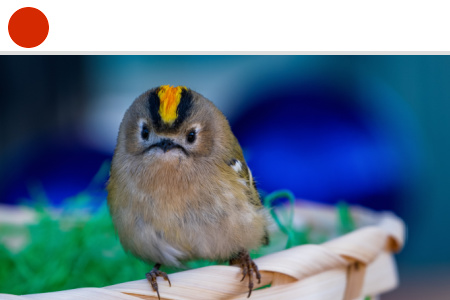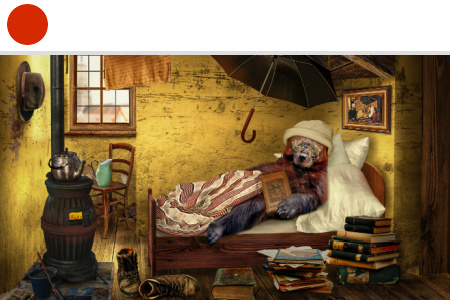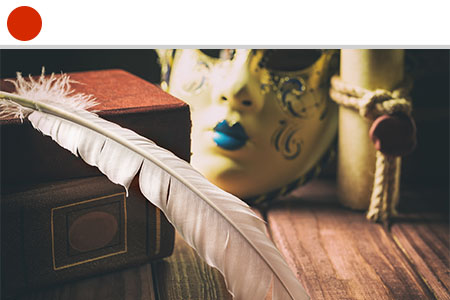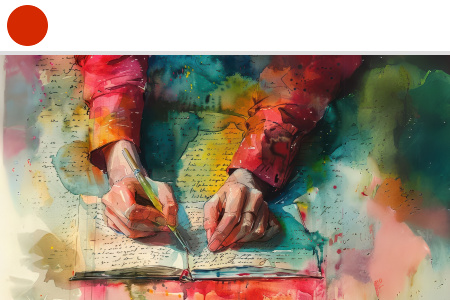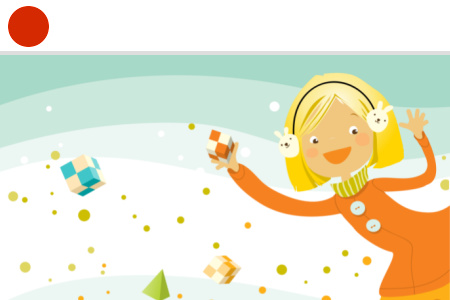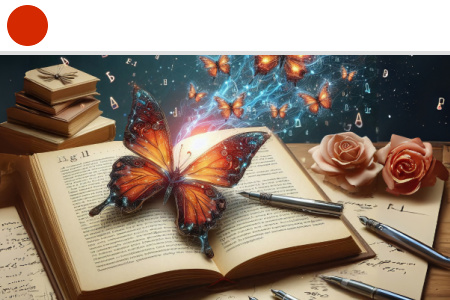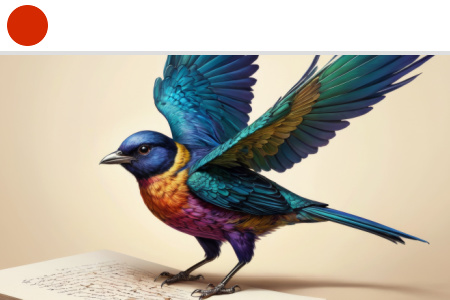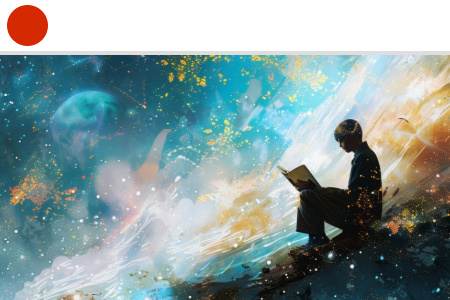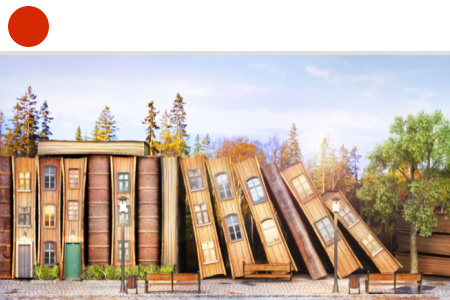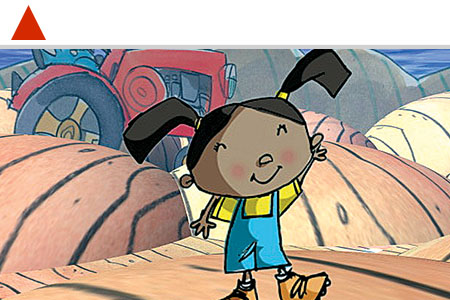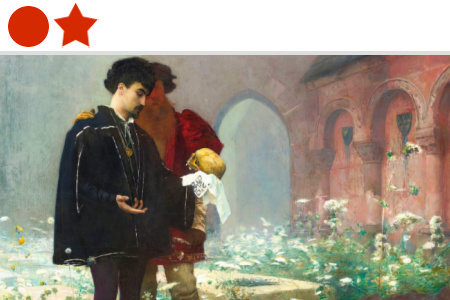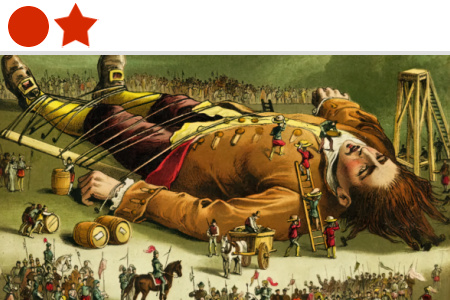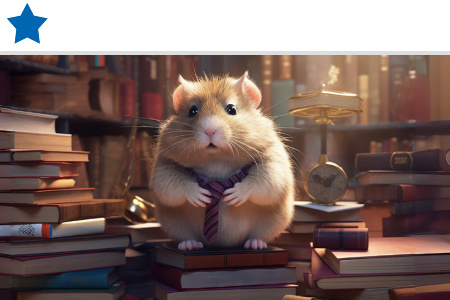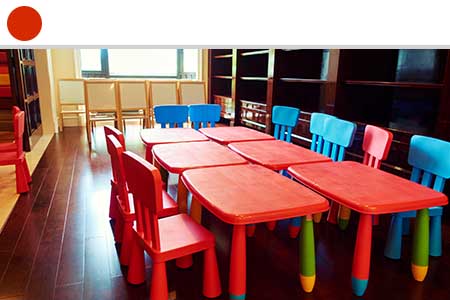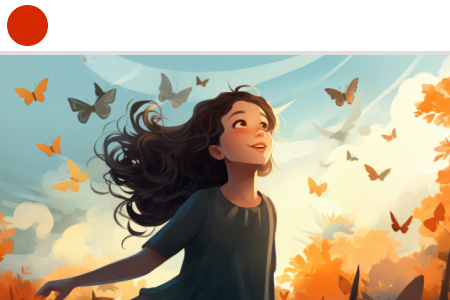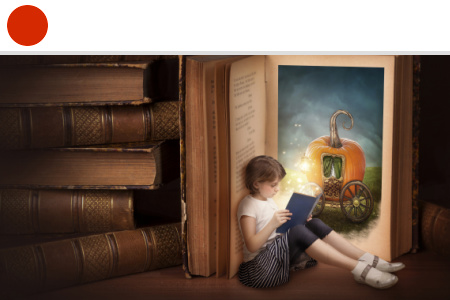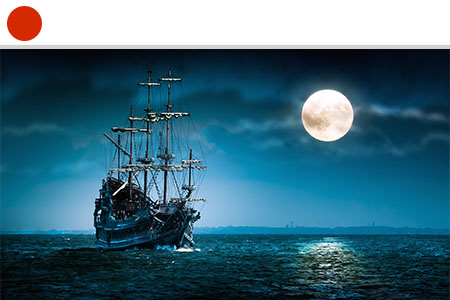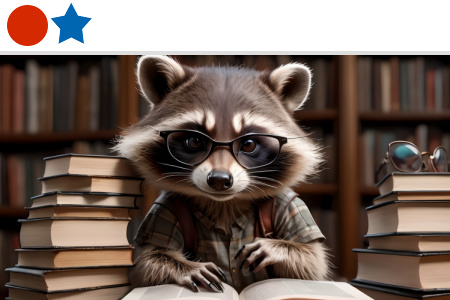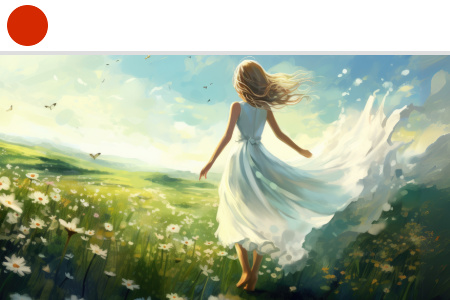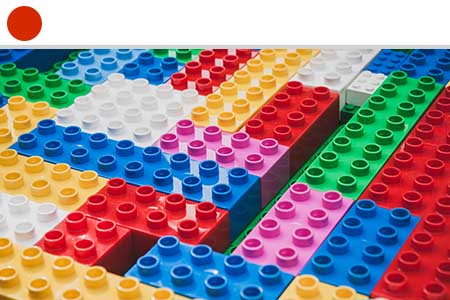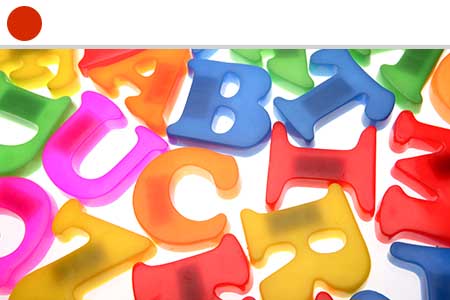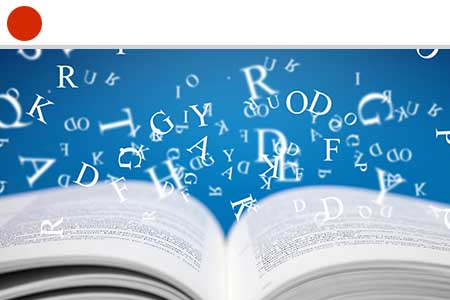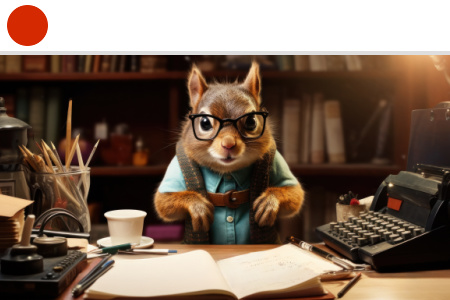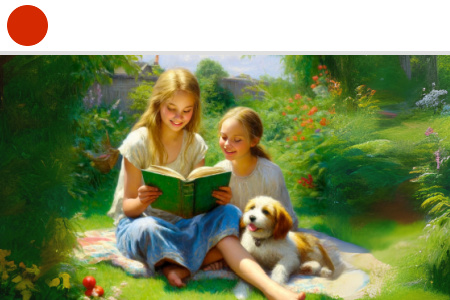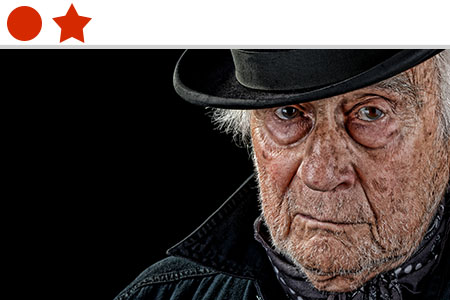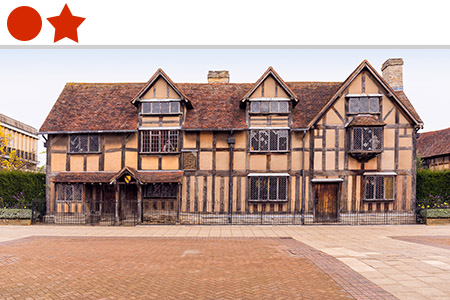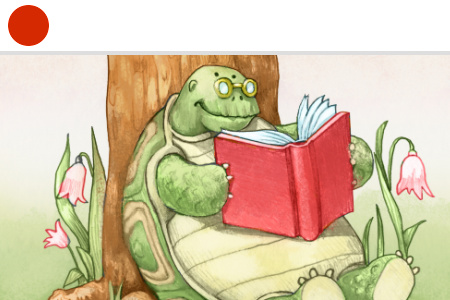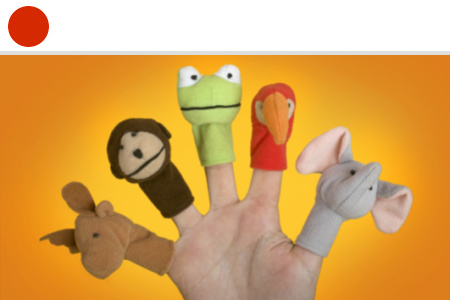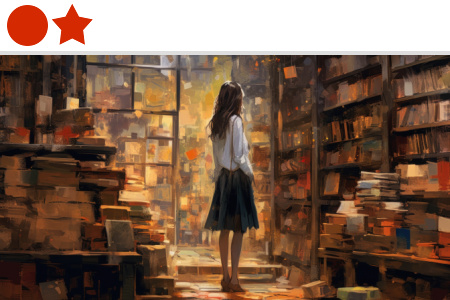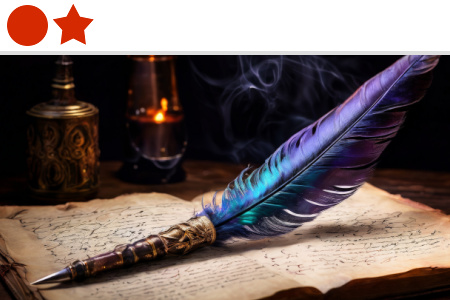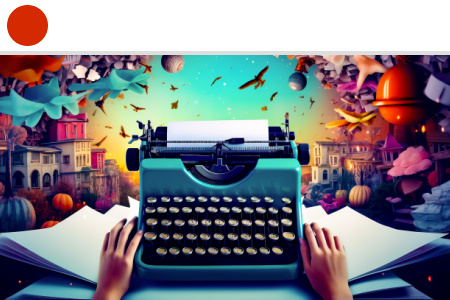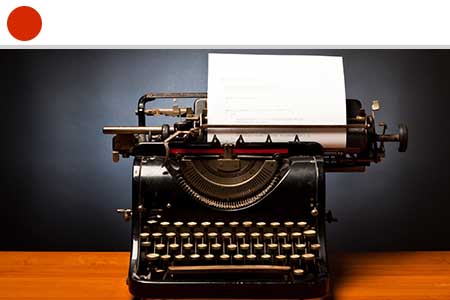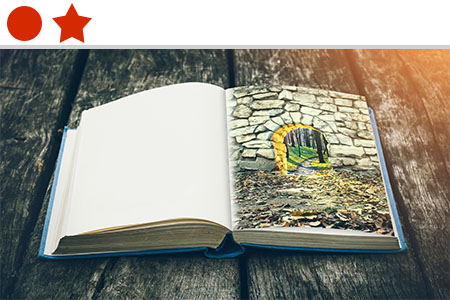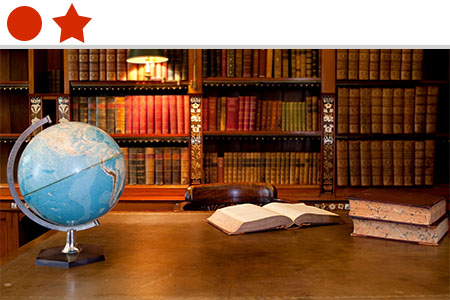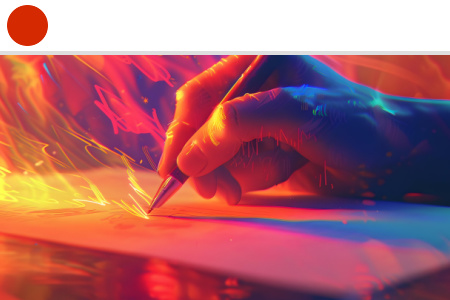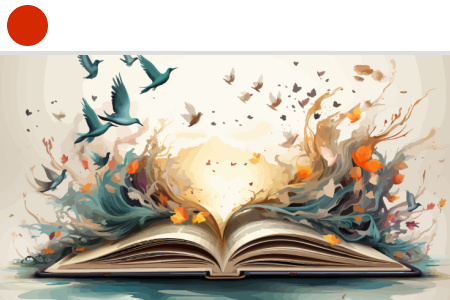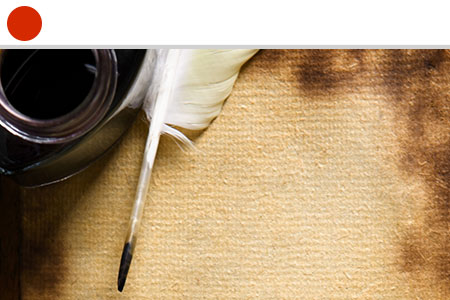Course Sample for Our Exploring Creative Writing Homeschool Language Arts Course
To view a full sample of this course, click here.
Exploring Creative Writing
Christine Gauvreau
Week One: What Is Creative Writing?
Creative writing is not an easy term to define. Technically, if you’ve ever created a written piece of work from your thoughts, you can certainly say you’ve “created” writing. But if I create a grocery shopping list from thinking about what is missing in my pantry, is that considered creative? Probably not, unless, of course, I turned my shopping list into an entertaining read.
How sad would it be if I forgot to buy milk? Sad enough to make us cry, I hope, for we would have to use our tears to moisten the breakfast cereal.
Speaking of breakfast, toast would be delightful. I hear a loaf of whole wheat beckoning me from the bakery aisle.
Naked toast would be downright shameful, so I must remember to choose a butter spread with which to cover it.
Okay, so nobody actually writes their shopping lists this way, but you get the idea.
I suppose a better description would be to say creative writing is the combination of words and imagination, strung together in a fashion that is engaging to the reader. Let’s not forget, however, that not every reader will react to or interpret a piece of text in the same way, and because words are nearly as infinite as ideas, so may be the forms of writing that can be considered creative. This is why perhaps it is better to explore creative writing as a fluid concept rather than try to define it in concrete terms.
There are many who consider creative writing to be an art form, or a craft to be mastered. Just as a painter or musician possesses a God-given talent, so does the writer who is blessed with the ability to put words to paper. Like the painter needs a paintbrush and canvas or the musician needs an instrument, a writer also uses “tools of the trade” to perfect his art. Yes, there are gifted writers who are able to sit down and craft a beautiful story simply by writing whatever comes to mind, but there are also many talented writers who need to hone their craft by studying techniques, experimenting with different methods and continually practicing their art.
As we work through this course, we will unwrap some of these tools and techniques, as well as explore various styles of creative writing. You will put some of these methods to practice in your own writing, and hopefully develop a style of your own—one that helps you define, in your own beautiful words, what creative writing means to you.
